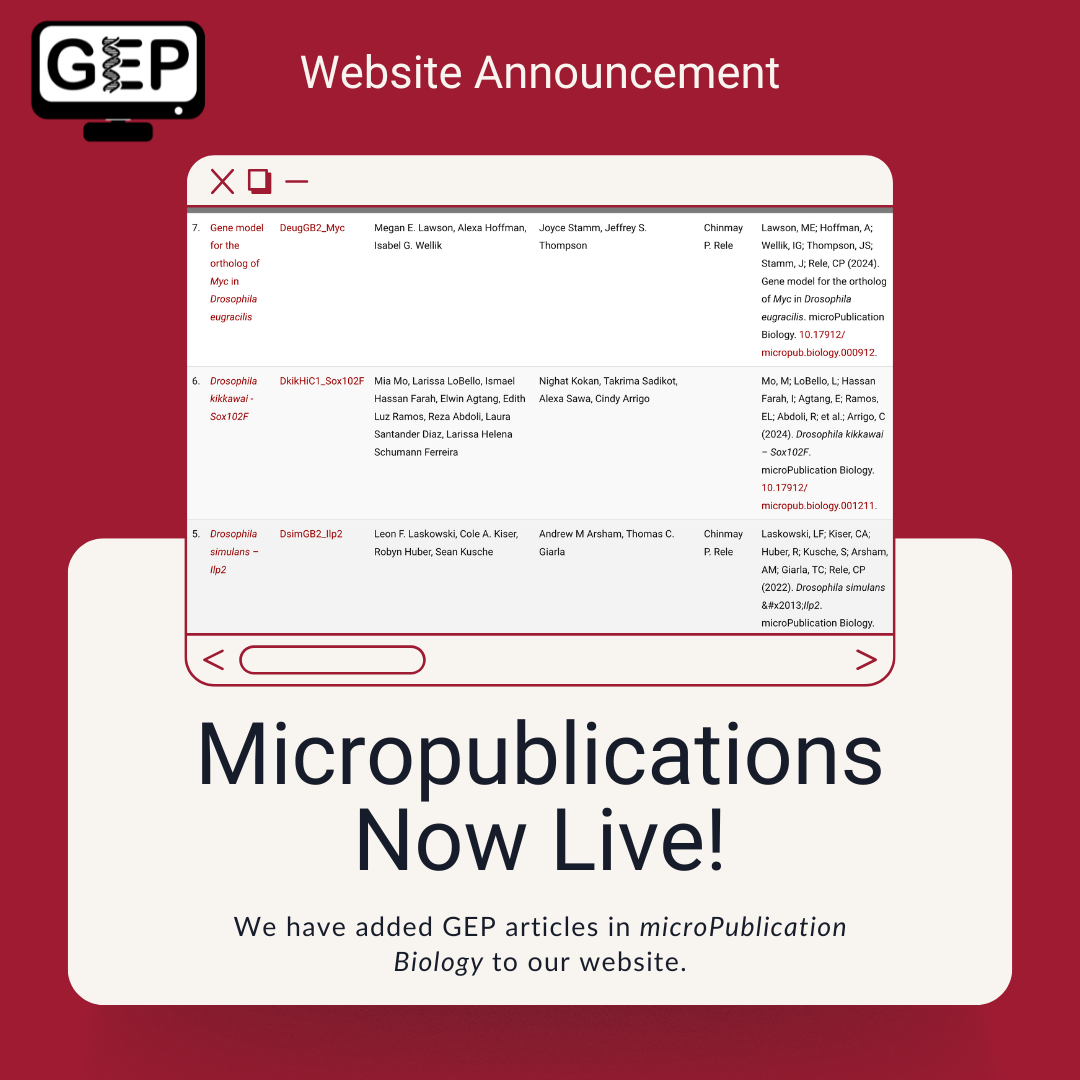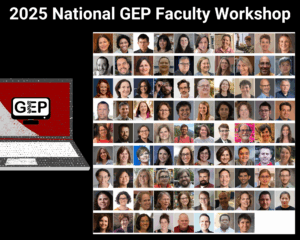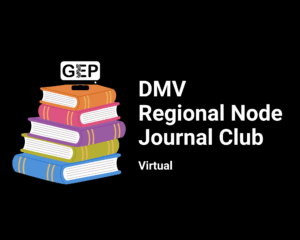Since its founding in 2006, the Genomics Education Partnership’s published scholarship has advanced the understanding of genome evolution. Through the GEP’s research projects, more than 1,100 students (and counting) have contributed as co-authors on published scientific research papers.
Previous GEP scientific output relied on a traditional scientific publishing model (Slawson et al., 2006; Leung et al., 2010, 2015, 2017, 2023). While successful, this approach is slow and limits undergraduate participation in the publishing process due to student transience. To speed up dissemination and create publishing opportunities for undergraduate students, GEP is collaborating with microPublication Biology to establish an integrated workflow for citable peer-reviewed gene model reports.
microPublication.org publishes brief articles on research findings presented in a single figure to rapidly disseminate experimentally sound results to the community.
Acknowledgments
We extend our deepest gratitude to the incredible GEP faculty, students, and reconcilers whose dedication has made this milestone possible. A special acknowledgment goes to doctoral student and IT Technical Specialist Chinmay P. Rele, whose leadership in daily operations has been invaluable. Heartfelt thanks also go to GEP staff members Wilson Leung, for his exceptional work in developing and maintaining the technological infrastructure that powers our gene models, and Sarah Potts, for her pivotal role in setting up the authorship approval system. We are grateful to retrofitters Madeline L. Gruys, Bethany Lieser, and Logan Cohen, who expertly transformed original drafts to the updated format. Our sincere thanks to FlyBase for providing the authoritative database for Drosophila melanogaster gene models and to the microPublication team, especially Karen Yook, for their continued support. Above all, we express profound appreciation to the GEP Program Director Laura K. Reed—her vision and guidance have been the cornerstone of this achievement. None of this would have been possible without her!
Funding
This material is based upon work supported by the National Science Foundation under Grant No. IUSE-1915544 to LKR and the National Institute of General Medical Sciences of the National Institutes of Health Award R25GM130517 to LKR. The Genomics Education Partnership is fully financed by Federal moneys. The content is solely the responsibility of the authors and does not necessarily represent the official views of the National Institutes of Health.







